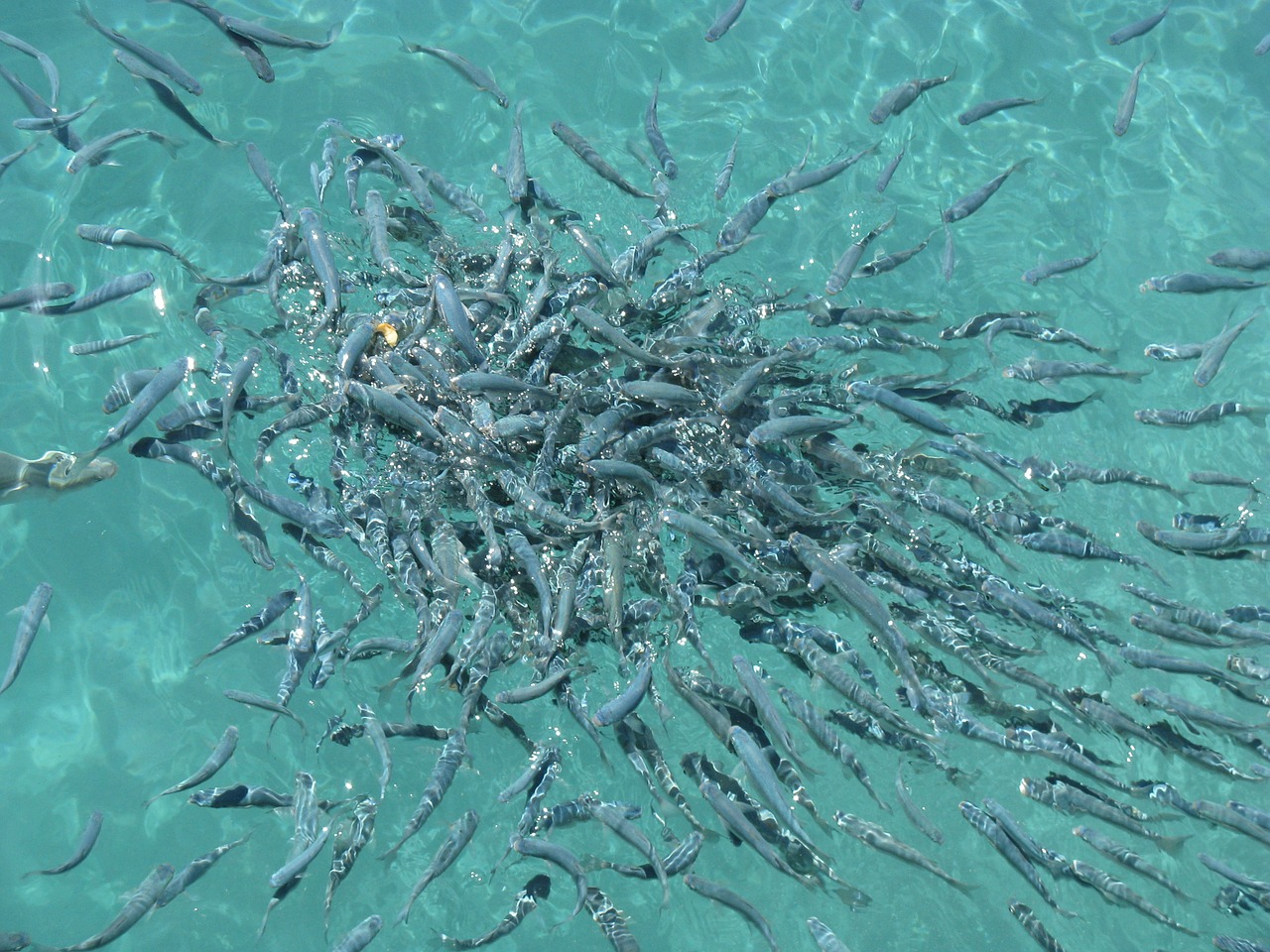By Ry Rivard.
The backers of a massive fish farm off the coast of San Diego are starting to get a sense of all the hurdles they’ll need to overcome to pull the project off.
The city’s water department is afraid pollution from the fish farm could trigger a regulatory chain reaction that could cost city water customers $2 billion.
The Navy worries that cages of fish five miles off the coast could interfere with its operations. Those operations or debris from them could accidentally drift into the cages, the Navy warned in a recent letter.
The agencies’ concerns challenge the project’s backers, the Hubbs-SeaWorld Research Institute, a nonprofit, and Cuna del Mar, a private equity firm. Their plan to raise 11 million pounds of fish offshore is the most ambitious aquaculture project of its kind in the United States.
Supporters say fish farming is one way to guarantee a sustainable source of food. Ocean fish, for instance, don’t require land and fresh water, like cows, chickens and pigs do.
Environmentalists have expressed concern that pollution and disease from a fish farm could wreak havoc on coastal waters and wild marine life.
And Hubbs specifically has run into problems at an existing hatchery in Carlsbad, raising questions about its ability to manage the project.
But the city water department and the Navy’s concerns add a new dimension to the obstacles, at least at the particular spot Hubbs and Cuna del Mar had been eyeing, about 4.5 miles out from Mission Bay. Their comments come relatively early in the U.S. Environmental Protection Agency’s permitting process for the project, known as Rose Canyon Fisheries.
The California Coastal Commission also raised a series of issues it said the EPA should examine.
The Navy said in its letter to the EPA that it had already “expressed serious concerns about” the proposed location for the fish farm because of “the potential for negative impacts to military operations and testing.” Those negative impacts are not spelled out, but a Navy spokesman said the area is regularly used by the Navy.
“The Navy is concerned about public safety and potential risk to people and watercraft,” Navy spokesman Kevin Dixon told me in an email. “The Rose Canyon project could create a hazard to maritime navigation, both to the Navy and to civilian recreational boaters.”
The Navy proposed an alternative site for the fish farm that’s farther north, but warned that there would still be potential for “accidental damage if Navy equipment or debris drifts into the proposed fish cages.” The Navy said it will work to minimize the chance of such an accident but also requested it not be held liable if such damage occurred.
The city water department’s concern is very specific.
The city operates an outdated sewage treatment plant at Point Loma. For years, the city has been able to avoid spending $2 billion to upgrade the site by doing two things: It has promised to curb its reliance on the plant by building inland water recycling plants. The city also has a program to monitor coastal water quality, to make sure the treatment plant isn’t dumping anything unacceptable into the ocean.
The water department worries that millions of fish defecating in that same ocean water could upend the monitoring program. If the water quality deteriorates, the city might not be able to prove that it’s because of the fish, not the treatment plant. That could force the city to build a new treatment plant, something it has been desperately hoping to avoid.
Halla Razak, the water department’s general manager, wrote in a letter to the EPA that such a threat to the waiver could “expose the city to a liability of nearly two billion dollars.”
Brent Eidson, a water department spokesman, said they are just trying to protect ratepayers.
“We know the environment is being protected right now,” he said. “We don’t know what the fish farm will do to it.”
The concern about the monitoring program may be surmountable, Eidson said.
There are already three possible solutions to the city’s concerns: The fish farm could go to another spot. The EPA, which also oversees the treatment plant, could decide that the treatment plant doesn’t need to be monitored anymore. Regulators could figure out some way to distinguish effects of the water treatment plant from effects of the fish farm.
None of those options would necessarily clear up the Navy’s concerns, though.
Don Kent, the head of Hubbs and Rose Canyon, said it’s part of his job to support the EPA’s review but declined to talk about specific concerns.
[divider] [/divider]





